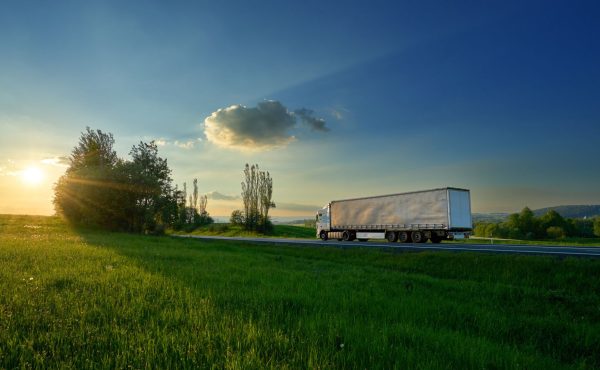Recycling in logistics: reducing waste in the transportation of dangerous goods
Caring for the environment has become a priority for companies and governments around the world. More and more sectors are looking for ways to reduce their environmental impact, improve energy efficiency and minimize the waste they generate.
Recycling has become an essential tool for reusing materials, reducing the amount of waste and the demand for natural resources. Proper waste management not only protects ecosystems but also contributes to creating more sustainable and competitive value chains. In areas where the environmental risk is higher, such as the transport of hazardous goods, this commitment to the environment is even more relevant.
Transporting hazardous goods requires special safety conditions, both for people and the environment. These products, which can be flammable, corrosive, toxic or reactive, must be handled according to strict international regulations to minimize any risk. The main regulations governing this activity are the ADR Agreement for road transport, the IMDG Code for maritime transport, the RID Regulation for rail transport and the Chemical Distribution Institute (CDI) guidelines. They all require packaging, labeling, storage and transportation systems that ensure safety and environmental protection. They also include provisions on managing waste generated in these operations, such as contaminated containers, absorbents, product residues or defective packaging.
How do you recycle in hazardous goods logistics?
These regulations require the use of reusable or recyclable packaging whenever possible, as well as specialized collection and treatment systems for hazardous waste generated during transport. This approach aims to minimize non-recoverable waste and promote the circular economy even in complex logistics operations. What actions can be taken to reduce waste in hazardous goods logistics to optimize processes and minimize environmental impact?
- Use of reusable or recyclable containers and packaging, certified for dangerous goods, that allow multiple cycles of use before disposal.
- Optimized packaging size and design to reduce leftovers, adjust loads and maximize vehicle capacity.
- Recovery and specialized treatment of contaminated containers, in accordance with safety and environmental guidelines.
- Implementation of selective collection systems for waste generated in logistics operations.
- Choosing optimized routes that reduce time, distance and emissions, minimizing fuel consumption and associated waste generation.
- Ongoing training of staff in handling, packaging, labeling and hazardous waste management.
- Comprehensive document management to ensure regulatory compliance in waste management during all phases of the logistics chain.
- Collaboration with certified suppliers and logistics operators that guarantee responsible and sustainable practices.
- Use of specialized vehicles approved under ADR or IMDG regulations, with systems for containing and isolating possible spills or leaks.
- Implementation of tracking and traceability systems for goods and waste to ensure safe and controlled management.
As well as these actions, there are other initiatives that can help reduce waste generation and minimize the environmental impact of transporting hazardous goods. For example, it is important to opt for less hazardous products and materials whenever technically possible, replacing highly polluting substances with less aggressive alternatives.
Similarly, it is important to ensure that sustainability is an essential criterion from the planning stage. The use of IoT technology to monitor transport conditions and optimize routes, or the implementation of carbon footprint calculators to identify areas for improvement, are very useful tools in this regard.
Outsourcing specialized logistics operations to companies that guarantee green logistics is another measure to highlight, enabling customers to reduce risks, costs and waste in their logistics activities.

Integral solutions for the recycling and transport of dangerous goods
Logisber has specialized in the transport of hazardous goods for over 15 years. Our experience covers sectors such as chemicals, pharmaceuticals, industrial waste or corrosive products, always under the most demanding certifications in the sector. We are committed to green logistics, applying integrated solutions that reduce risks and optimize our customers’ value chain. We implement sustainable strategies in all phases of transportation, from choosing the best route and type of vehicle to managing waste, packaging and contaminated packaging, all with the utmost safety and continuous monitoring.
If you would like to transform the way you manage your hazardous goods and reduce your environmental impact as much as possible, contact Logisber now and we will help you develop a more efficient, profitable and sustainable logistics system.
Categorías
Compartir









